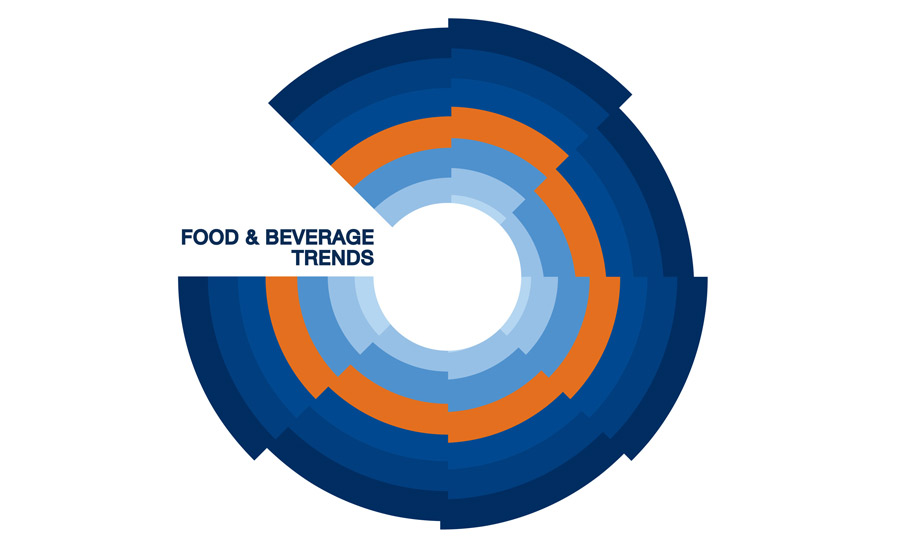Revamped grocery store environments and new food shopping formats prove that Millennials are having a profound impact on the food shopping landscape. According to the report, Food Shopping in America, by MSLGROUP and The Hartman Group, Millennials' food purchase decisions are driven by their unique consumption patterns, constraints on budget and spontaneity. These factors differ from older generations and offer brands major challenges and big opportunities to attract these shoppers.
"Millennials are more spontaneous and adventurous than previous generations in their interactions with food and beverage," says Laurie Demeritt, CEO of The Hartman Group. "Millennials' strong ties to technology and new ways of engaging with food and beverage occasions make this generation's shopping and dining habits worth watching, not just for clues about what young adults want but for ways that Millennials are influencing changes across generations."
The report finds that traditional grocery's less differentiated positioning is gradually losing ground to the better value and convenience often found in mass/super channel. Among Millennials, mainstream grocery's position is particularly precarious. Less than 10 %age points separate the two channels (63 % of Millennials shop at mass/super vs. 69 % at mainstream grocery). Millennials are also more likely than older generations to shop two or more stores on each visit to purchase all of the items they need.
"Brands must adapt to connect directly with the Millennial shopper," says Steve Bryant, MSLGROUP Director of Food and Beverage Marketing. "Millennials value companies that are authentic and transparent, and are more willing to connect with companies that try to address their needs. Marketing efforts should focus on carefully tailored, personalized communications, with a focus on both convenience and affordability."
Understand and Attract the Millennial Shopper
Budget Limits Choice
Millennials face more budget constraints than Gen X or Boomers+. Nearly half (49 %) said household budget limitations were the top issue making shopping more difficult. Millennials' median household income ($37.5K) is significantly lower than that of Gen X ($62.5K) or Boomers+ ($72.5K).
Connect with Millennials on Mobile Devices
Millennials are active and connected shoppers – most (70 %) use their mobile devices while shopping for tasks like checking a shopping list kept online or on their device, contacting another family member, searching for a coupon and finding a recipe. This creates an opportunity for brands to connect with them via mobile commerce.
Personal Recommendations are Key
While price has the most impact on Millennials' food choices, they also highly value personal recommendations from friends and family as well as peer reviews when making purchase decisions. Personalized marketing efforts that leverage referrals from Millennials' own social networks will be more effective than endorsements from an outside source.
Unique Mix of Items in Their Cart
Millennials tend to purchase a unique mix of prepared, convenience items, such as frozen pizza, as well as specialty items, such as baby and pet foods, organics, dairy alternatives and sports drinks.
Impulsive Millennials Test Grocers
Spontaneous and flexible eating habits point to the future of grocery shopping
